
Myanmar Revisited
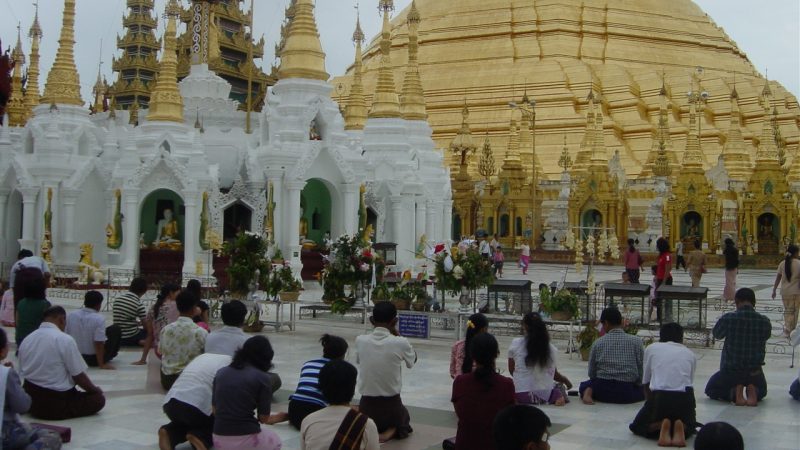
Over the past dozen years or more that I have been visiting Myanmar, the country formerly known as Burma, I have witnessed many changes.
Pathways have become gravel roads and many of these have been eventually paved. Taxis and other sorts of motor vehicles have proffered where once there were few. In the evening when darkness begins to fall, light flickers from behind windows of Burma’s multitudinous forms of dwelling.
Though electricity is still unpredictable, it was not so long ago when most remained dark. Despite such needed acquiescence towards modernity, to visit Myanmar remains a venture into a mystical, almost intangible, landscape from centuries past.
The country’s capital Yangon (formerly Rangoon) boasts a vibrant population of approximately 5 million. It is where bustling marketplaces spill along streets, conducting trade at the feet of once stately colonial structures now languishing in moss covered poetic decline. Only the Strand Hotel still stands majestic, conjuring up romantic notions of times past. However even the hotels‘ management concedes that the elegant edifice represents a passionate rather than economic venture.
 Burmese handicrafts: Puppets in a store. (Lorie Karnath)
Burmese handicrafts: Puppets in a store. (Lorie Karnath)In this land of a seemingly countless pagodas, glories such as the Shwedagon and Sule Pagoda in Yangon still hold sway, dominating the city in their golden splendor. Much more than just places of worship, they represent a place to gather, to find solace and time for reflection. Although the majority of Myanmar’s population is Buddhist, many are superstitious and retain animistic roots in the form of worshipping spirits known as „nats“.
Although venues for prayer are widespread, education overall in Myanmar has been repressed and remains very difficult to come by. Universities have largely been moved to rural areas away from the major cities. This has been primarily viewed as a stopgap measure to help to mitigate new protests against the Junta government which in the past have often been instigated by the student population.
Roads in the Monsoon
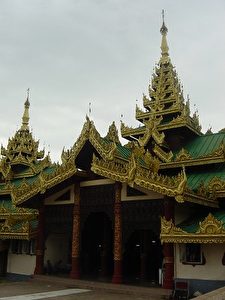 The Shwe Dagon Pagoda in Yangon. (Lorie Karnath)
The Shwe Dagon Pagoda in Yangon. (Lorie Karnath)Heading about 30 minutes southwest from Yangon, we ride along one of the now paved roads. The effort to pave the roads has proven fruitless as the roads are now even bumpier than when composed of only dirt and gravel due to numerous repairs – as well as lack thereof. The further we venture from the capital, the worse the neglect. The precarious driving conditions are further exacerbated as it is the rainy season that lasts from July through October, resulting in many deep puddles in and around the road making access to the many food stands which border the streets difficult.
The intensity of the downpour has diminished most signs of active life apart from some boys attempting a very muddy game of soccer in a sodden field. However the plentiful rain has turned the timeless beauty of the unspoiled countryside to vibrant verdant hues in dramatic contrast to the golden peaked stuppas which punctuate the lush vegetation. We are traveling to Thanyin to visit one of Myanmar’s foreign sponsored schools founded to provide basic education to children living in the countryside and without which, it is unlikely that they would ever receive any. As we approach the simple two story building, the children’s classroom chants can be heard from the moment that we leave our vehicle.
We walk a muddy trail thoughtfully strewn with empty rice sacks which help to absorb a bit of the moisture as well as mark the path that we are to follow. At the end of this we are met by the student’s sandals which are neatly laid out in rows along the steps to the building.
The Schools
 Offerings at the Shwe Dagon pagoda. (Lorie Karnath)
Offerings at the Shwe Dagon pagoda. (Lorie Karnath)Inside the structure each floor is an open area housing three classrooms each. Although the school is wired for some electricity, it is rarely available and the lack of walls between the classrooms allows for more natural light. However this setup lends to a tumult of voices as the teachers and students all strive to be heard over the others.
From the schoolhouse we follow the dirt path that leads to the houses where the students and their families live. For the children who have something to eat at home this is where they head to at mealtime. Those less fortunate wait patiently in the classroom until the others return. There is a small lake where apparently crude oil has been found.
On one side of the lake are a few well-tended colonial-style houses, whereas on the other are the dilapidated huts of the student’s families. Locals are fishing in the lake where the oil is pumped while the village goats nibble from a garbage heap which lies next to the water. We are closely followed by a government official who ensures that we do not take pictures of the upscale houses—by way of explanation, these are where government officials live.
Change Coming to Myanmar?
On this recent trip to Myanmar it was easy to sense a subtle feeling of change. Where once its people were exceptionally guarded, there is now a breath of openness and subtle defiance of the junta military not perceived for at least a decade. That the recent spate of protests in varied parts of the country do not appear to be centrally orchestrated is not surprising, as this new-found questioning seems to stem from an internal individualist source rather than via a group message.
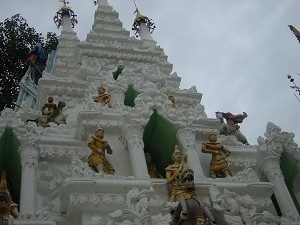 Depictions of celestial beings at the temple. (Lorie Karnath)
Depictions of celestial beings at the temple. (Lorie Karnath)Although under economic sanctions imposed by outside countries for some time, these have never proven particularly successful in this resource rich country gifted with fertile lands capable of growing abundant supplies of fresh delicacies that many more developed countries would be hard-pressed to duplicate in their grocery stores. Food supplies in Myanmar are even stockpiled to help buffer the impact of any economic crises.
There has also developed something of a non-governmental system of economic distribution of resources whereby the rich give to the monasteries to gain „merit“ as a means of fortuitously easing their way into their next existence, and the monks in turn give to the poor to ensure transfer of „merit“. In this manner of recycling wealth, most of the people’s basic needs can be met through the monasteries which has helped to quell desire to organize against any limitations imposed by the government.
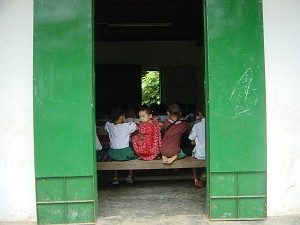 Young monks in a classroom. (Lorie Karnath)
Young monks in a classroom. (Lorie Karnath)However the government’s recent hike in oil price may have tipped this fragile distribution system, serving to further impact the nation’s currency which, continues to suffer a confidence crises while inflation runs rampant. One can easily witness people of various ethnic origins pulling up along Shwebontha Street in Yangon, the main gem trading area, with car trunks full of cash to buy gold and precious stones as these have more staying power than the paper cash.
These precious gems, jade and gold are often then used for trade or barter of other goods. With over 50% of the population under the age of 18 and the majority of these living in the countryside, clearly the gap between rich and poor is slated to grow.
On this last visit to Myanmar there was something unassailable permeating the air that was clearly different, its implication being that the people know now that change will be inevitable.




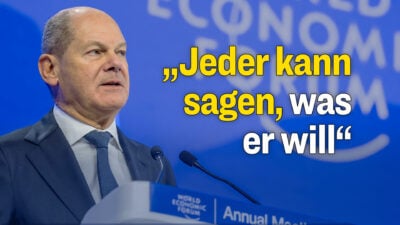
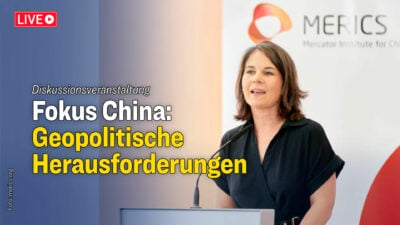



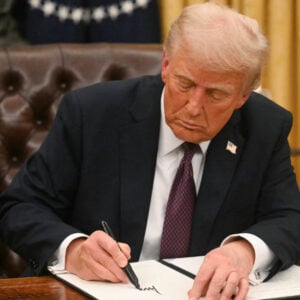
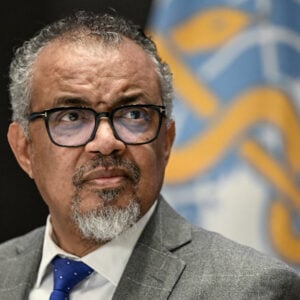



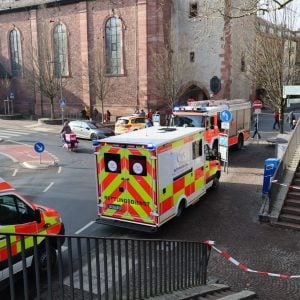



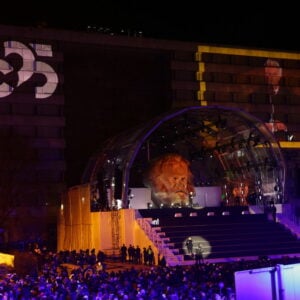
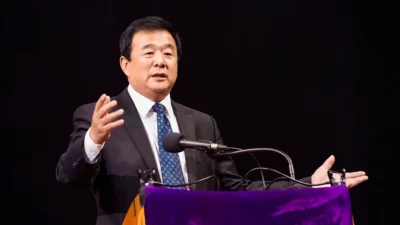
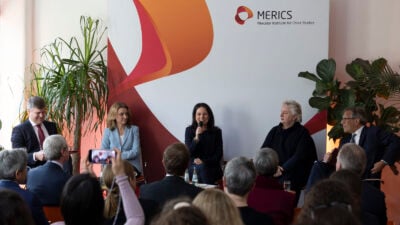



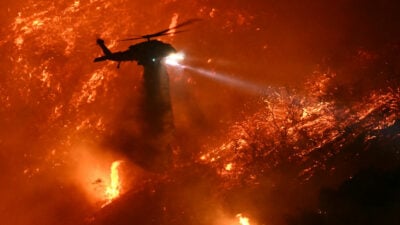



vielen Dank, dass Sie unseren Kommentar-Bereich nutzen.
Bitte verzichten Sie auf Unterstellungen, Schimpfworte, aggressive Formulierungen und Werbe-Links. Solche Kommentare werden wir nicht veröffentlichen. Dies umfasst ebenso abschweifende Kommentare, die keinen konkreten Bezug zum jeweiligen Artikel haben. Viele Kommentare waren bisher schon anregend und auf die Themen bezogen. Wir bitten Sie um eine Qualität, die den Artikeln entspricht, so haben wir alle etwas davon.
Da wir die Verantwortung für jeden veröffentlichten Kommentar tragen, geben wir Kommentare erst nach einer Prüfung frei. Je nach Aufkommen kann es deswegen zu zeitlichen Verzögerungen kommen.
Ihre Epoch Times - Redaktion